You need to try and pre-study the information in order to learn how to identify edible mushrooms. Photos of mushrooms with names, description, information and other useful data will be considered in this material. Perhaps at first it will seem that all the mushrooms are “on one face”, but a careful study of the information presented will help to finally begin to understand these valuable gifts of the forest.
Content
Edible mushrooms: photos of mushrooms with names, description, information in the Moscow region
Porcini
Many sources write that this mushroom is the "king of the forest." is he quite rare and grows, as a rule, always alone. It has unique beneficial properties and excellent taste, aroma. Belongs to tubular mushrooms, has a thick hat from violet-brown to dark olive color, the pulp is dense.
This mushroom begins to grow in the forests of the Moscow Region in mid-June, and then, depending on the weather, it can be harvested until mid-September. They are most often found in clearings in tall grass.
Boletus
Another edible tubular mushroom, which in its protein value after honey mushrooms takes an honorable second place. The hat is oily and has a pleasant brownish-red hue (aspen mushrooms with a white hat are also found). If you touch the leg of this mushroom or the inside of the hat, after a couple of minutes this place will turn blue: a sure sign that you have a true boletus.
It is also worth noting that on the leg there are always a lot of dark gray scales. From the name you can understand that these mushrooms love to grow in deciduous forests, especially under the aspens. The collection season begins in July and lasts until October. These mushrooms love to appear after heavy rains (although an abundance of moisture leads to the fact that many mushrooms become worms). They grow, usually in groups.
Boletus
This mushroom has a dark brown hat color and a characteristic appearance, which is difficult to confuse with other gifts of the forest. These fungi are able to remove toxins from the human body, and grow in sunny birch forests right at the roots of the birch. They like brown grass moist soil and actively appear after heavy rains.
On the leg of a young or old boletus, there will certainly be small scales, and the leg itself to the base always expands, although by itself it is very thin.
Russula
Edible mushrooms, as well as photos of mushrooms with names, description, information on russula may be different. For example, some do not collect these mushrooms at all, although, in fact, they are edible and have been growing actively since the middle of summer, regardless of the weather.
You can get confused in different types of russula and here, really, you should be careful and careful, because, not all of them are edible. You can eat russula green, blue, red. You do not need to eat russula in its raw form, you must first boil them, and then you can already fry or freeze them, roll them up for the winter.
The breast
Depending on the natural zone, different types of breasts are found in the forests. They are conditionally edible and before frying, freezing or pickling the mushrooms, they must be soaked for 3-5 days in cold water.
Wake
Another conditionally edible mushroom, which must be pre-soaked beforehand. The pink wave has a hat of the corresponding color, the diameter of which often reaches 12 cm. The hat is slightly mucilaginous to the touch, and the flesh is strong and durable.These are agaric mushrooms, it is necessary to soak, and then cook for a long time until eating.
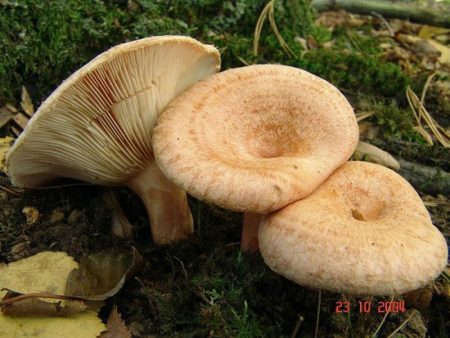
Chanterelles
These orange mushrooms are difficult to confuse with something. They are incredibly tasty in any cooking option, never wormy. Chanterelles are harvested from early July until late autumn. In the autumn, it is difficult to find chanterelles, because they merge with the fallen red leaves.
On the territory of Russia, chanterelles grow almost everywhere; they are sometimes confused with mushrooms. But the characteristic difference of the chanterelle is that its hat is concave outward, the color is brighter. Grows in large groups, be sure to look under the moss in search of young fungi. In diameter, the cap of a large mushroom rarely reaches more than 7 cm.
Ginger
We have already spoken about these mushrooms in the description of the chanterelles. Redheads are considered delicious in both fried and marinated form, perfect for making fragrant mushroom sauces. Most often found in July in the forest, they like forest felling and clear clearings.
The cap of saffron mushrooms grows to 10 cm in diameter, it is a plate mushroom that is pressed inward. On the surface of the cap you can see small spots that contribute to the wavy color. If you cut the mushroom, then the juice of the orange color will appear at the place of the cut, which will become dark when it comes into contact with air.
Mokhovik (Polish mushroom)
These mushrooms can be found in all forests of our country, they are tubular. The hat has a brown tint and up to 15 cm in diameter. With age, the mushroom cap lowers. It is found most often in moss and in wet weather.
Butter
These mushrooms grow in coniferous forests, they have a pleasant appearance and you can even eat them raw. Belong to tubular mushrooms, the cap on the surface has a layer of mucus and glistens. The leg of the young mushroom is soft and even.
The pulp of this mushroom is dense and due to this a little dry. But when cooking mushrooms give a wonderful aroma, have an excellent sweet finish. Grow in groups.
Mushrooms
Among all the gifts of the forest, these lamellar mushrooms are of the highest nutritional value. They are considered autumn mushrooms, although there are summer mushrooms that grow in August. It is easy to collect, because honey mushrooms grow in heaps and even whole glades. There are a lot of small scales on the round hat of the autumn open.
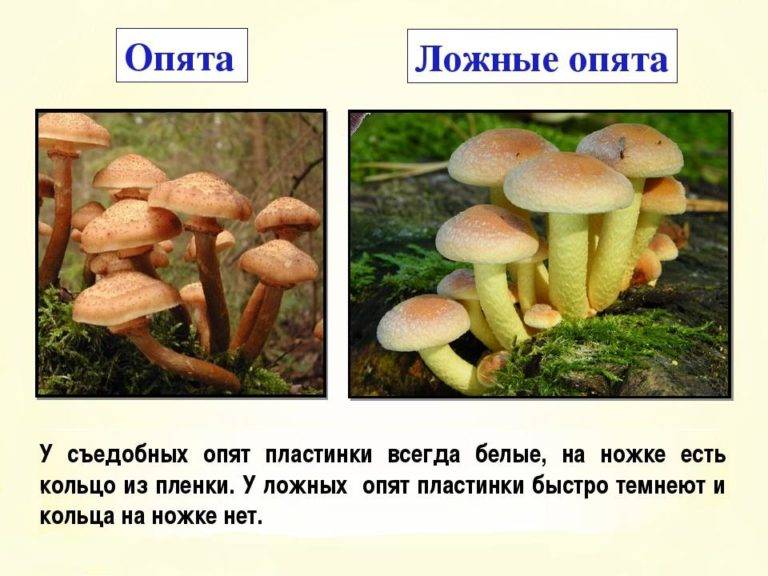
Umbrella
This is a common fungus in our forests, but not everyone knows. That you can eat it. The leg is thin and long, and the cap is large and round. You can collect from mid-July until the very end of October. Especially a lot of umbrellas appear after rain.
Edible Mushrooms: photos of mushrooms with names, description, detailed information about each mushroom will help you understand what to put in your basket during a quiet hunt.

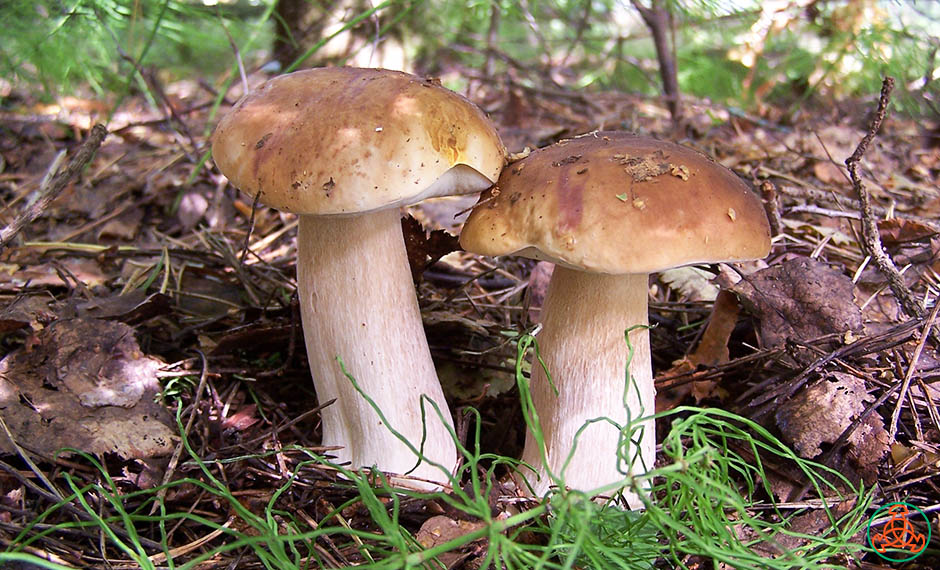
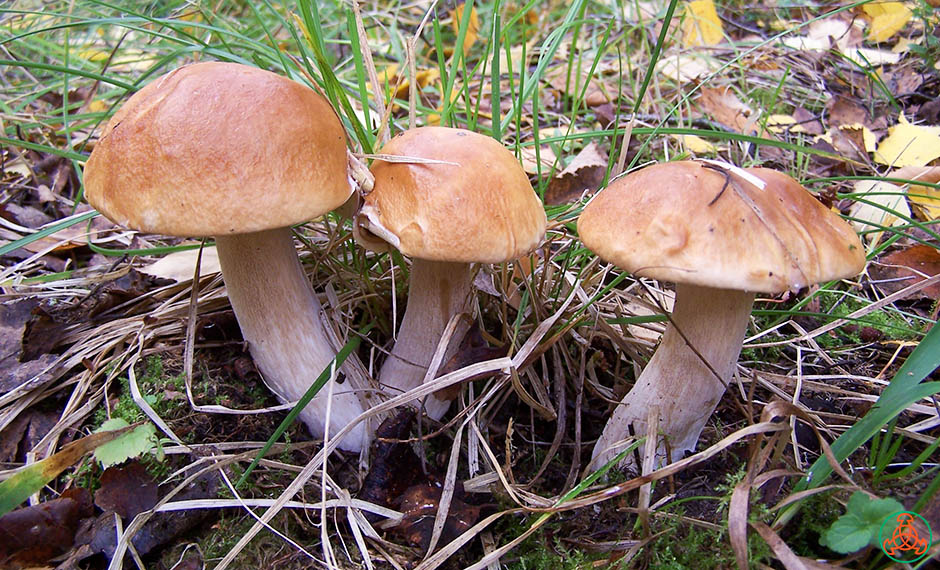
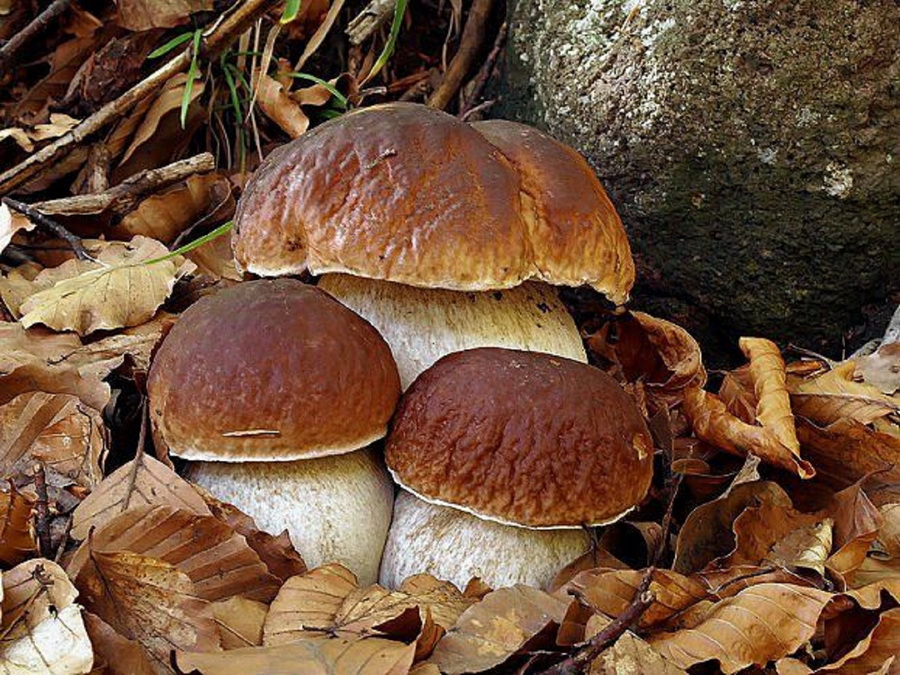
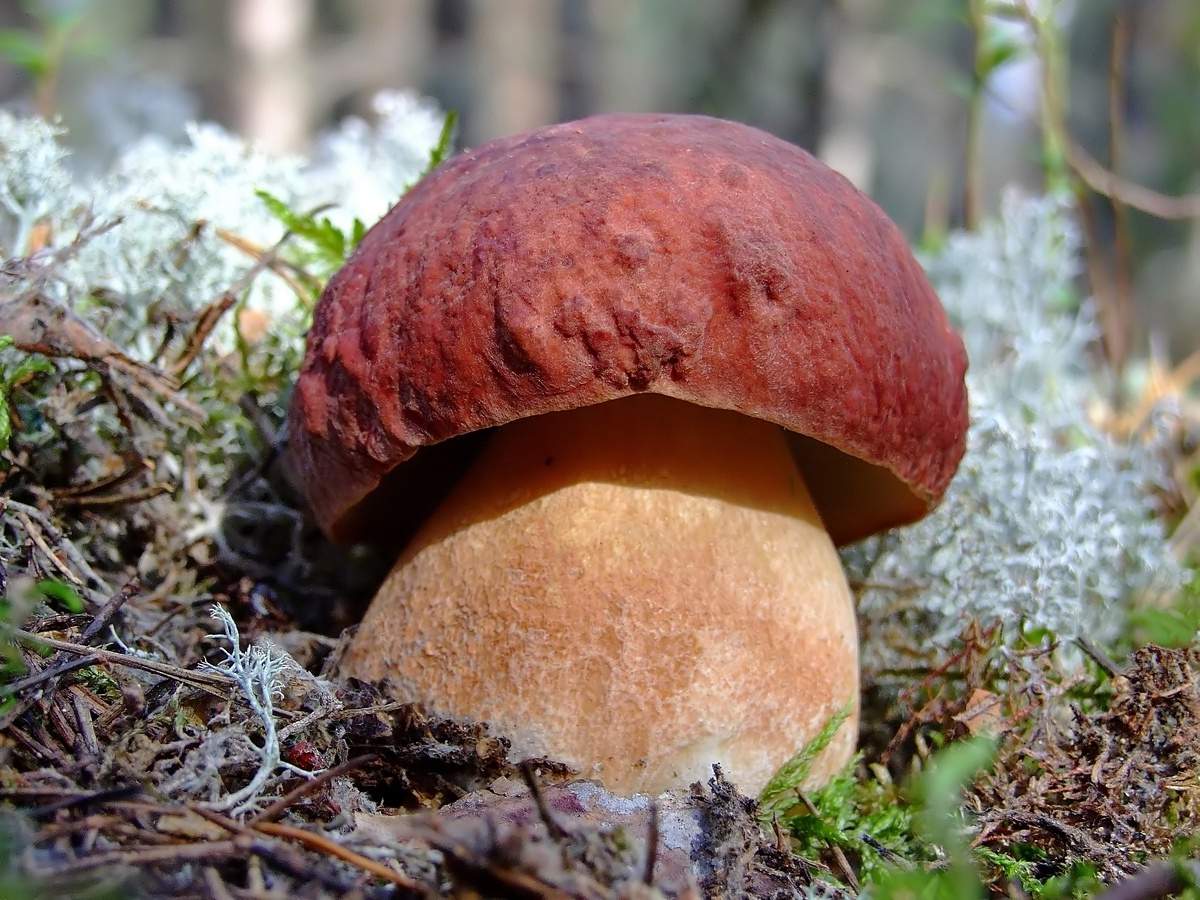
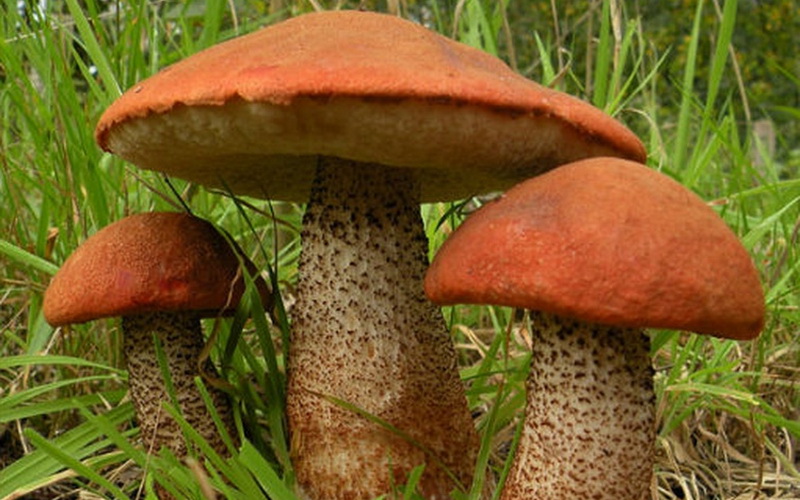
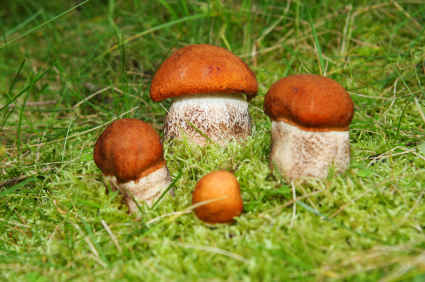
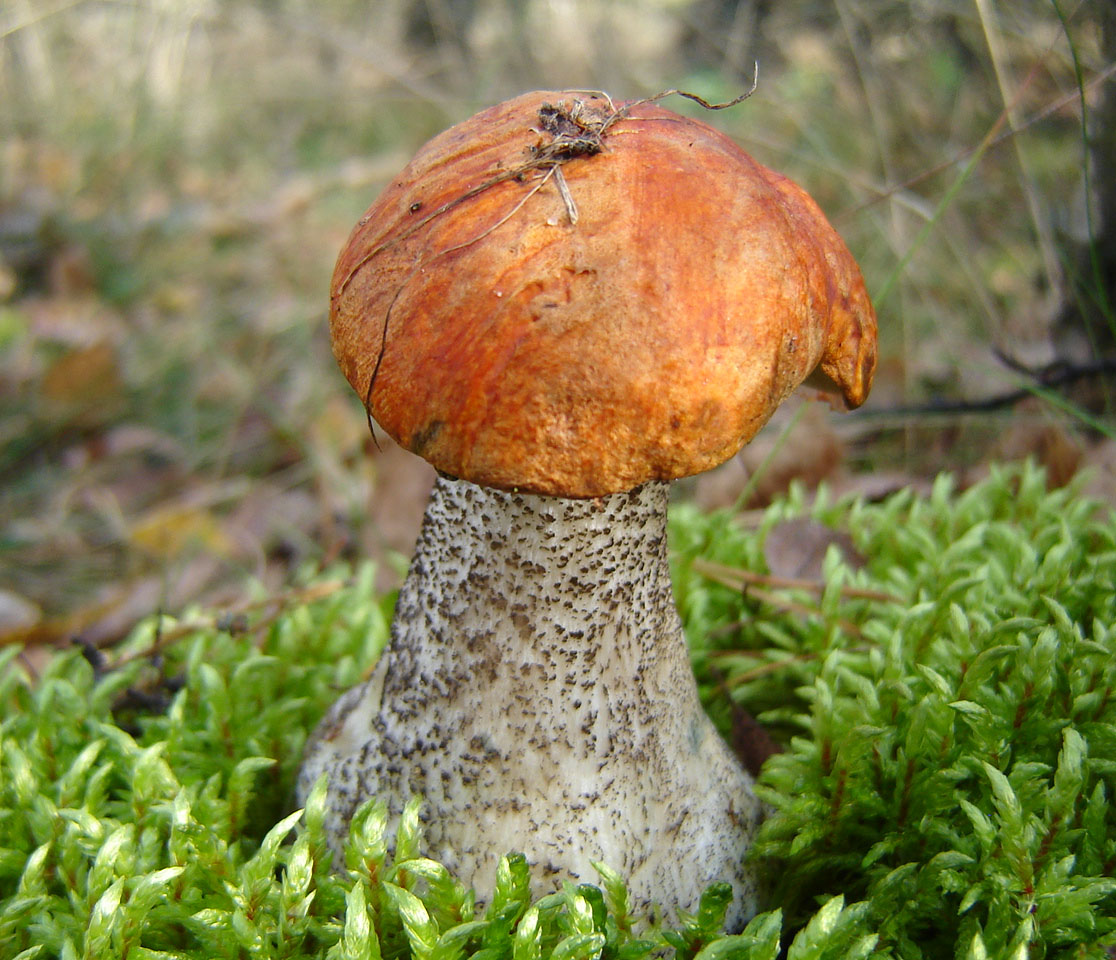
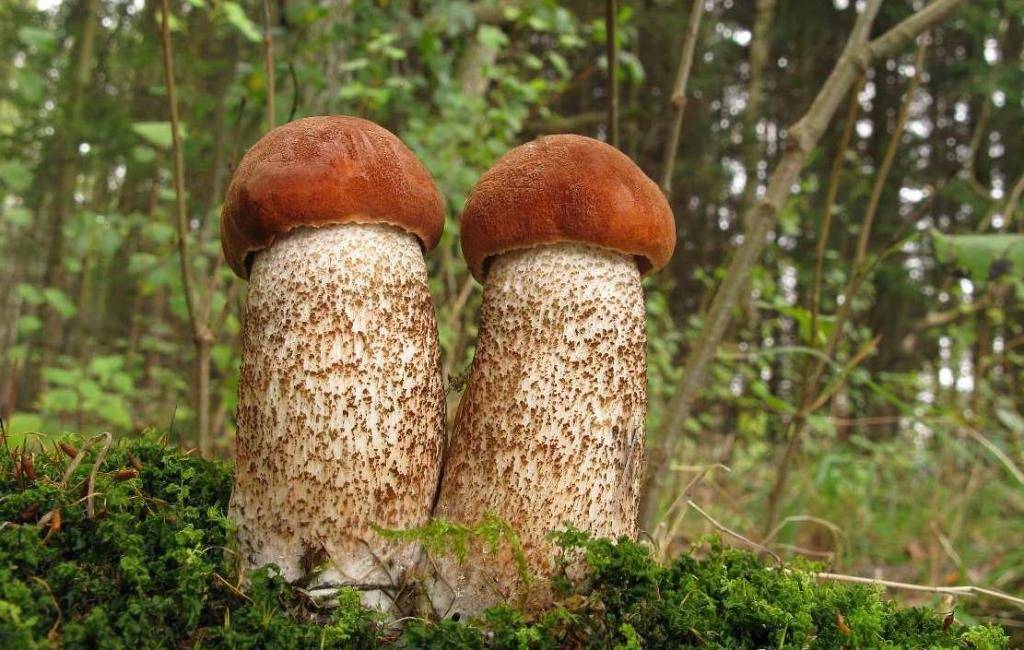
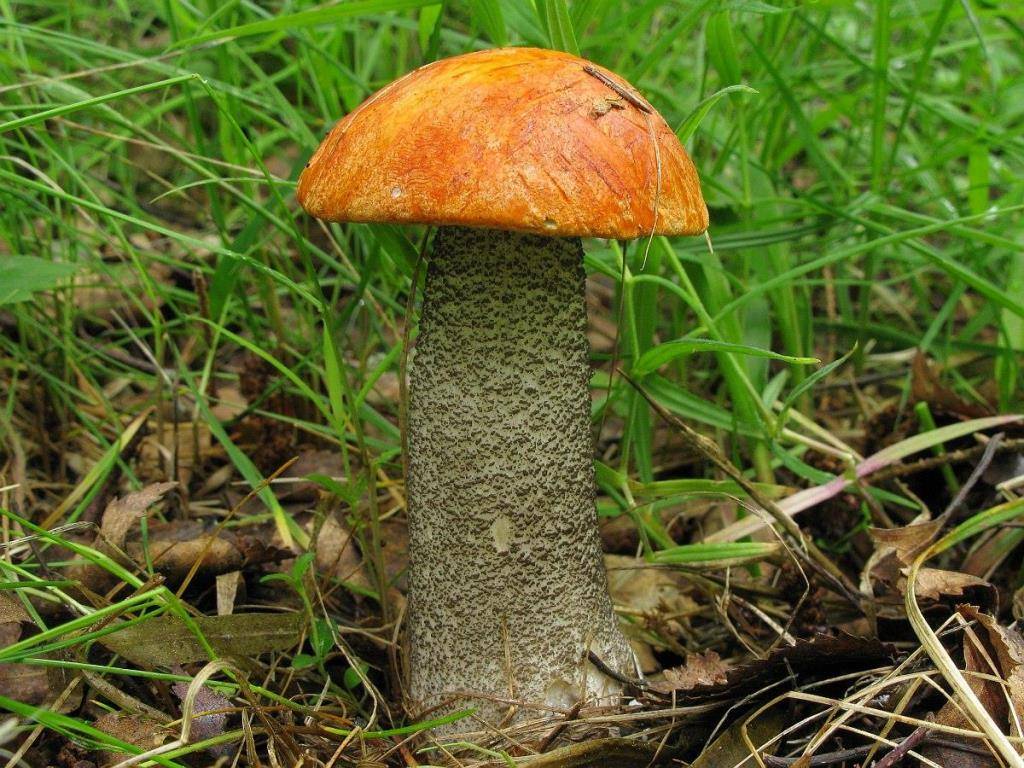
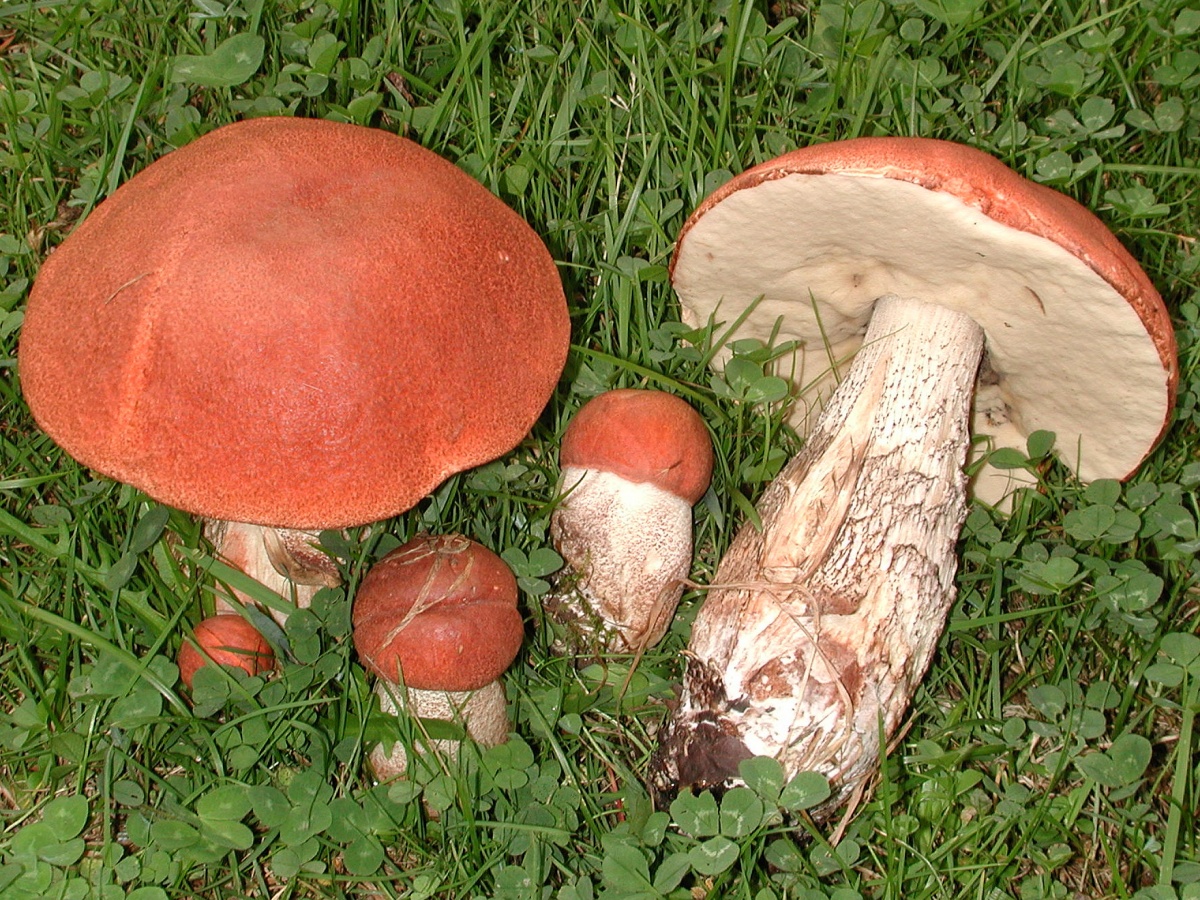

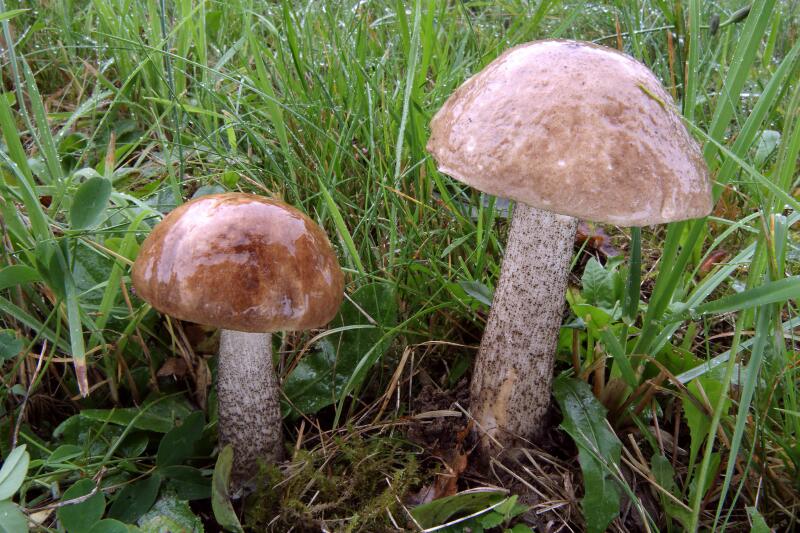
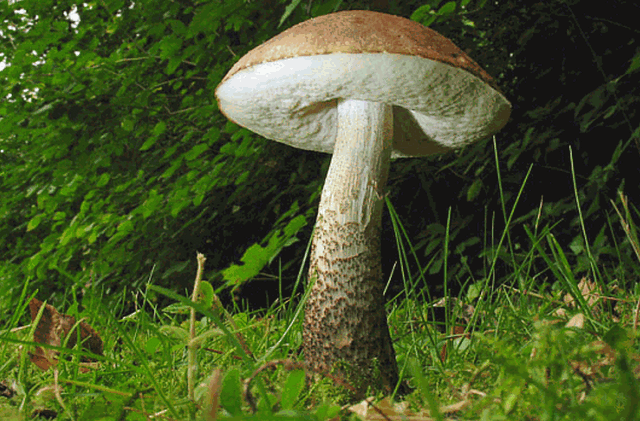
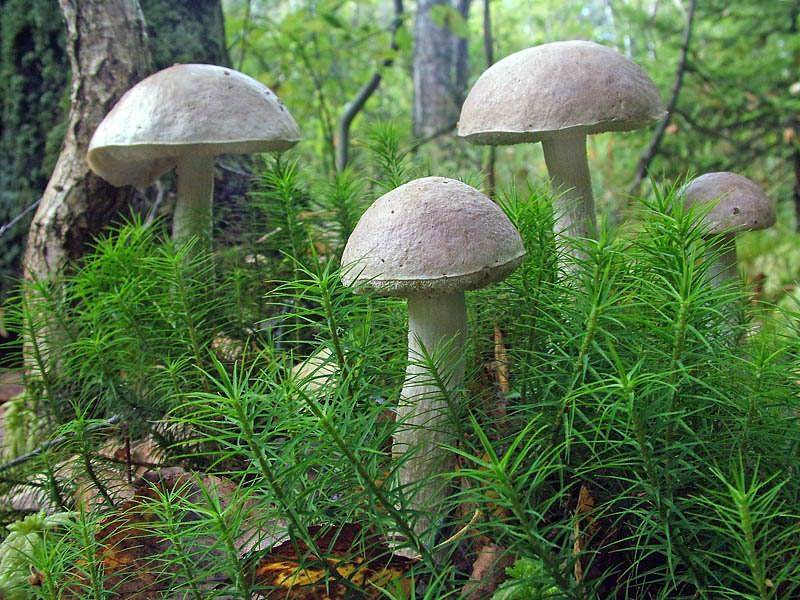
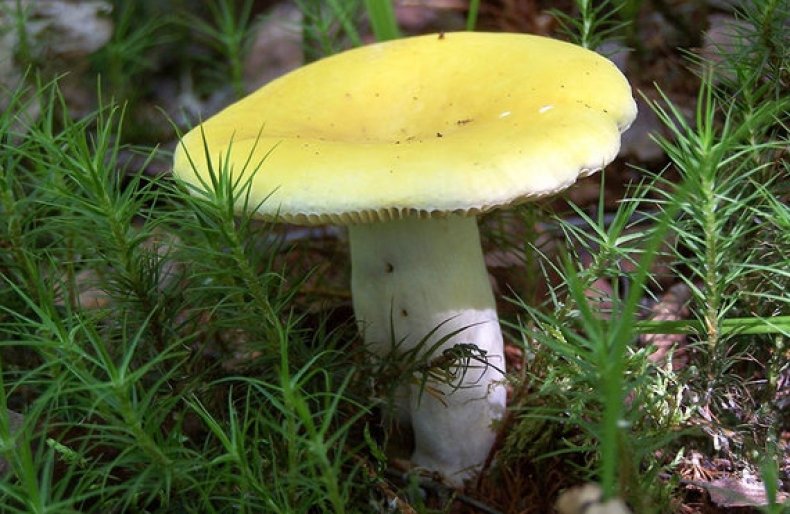
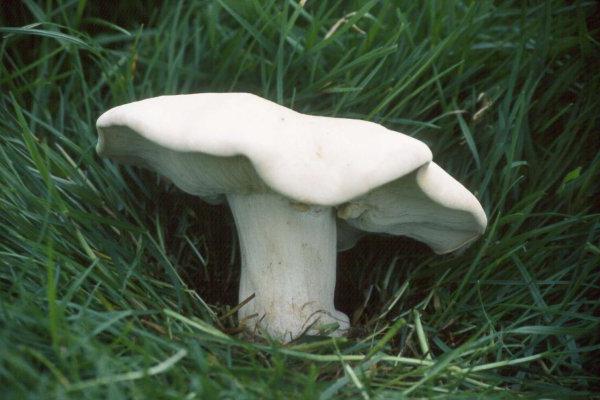
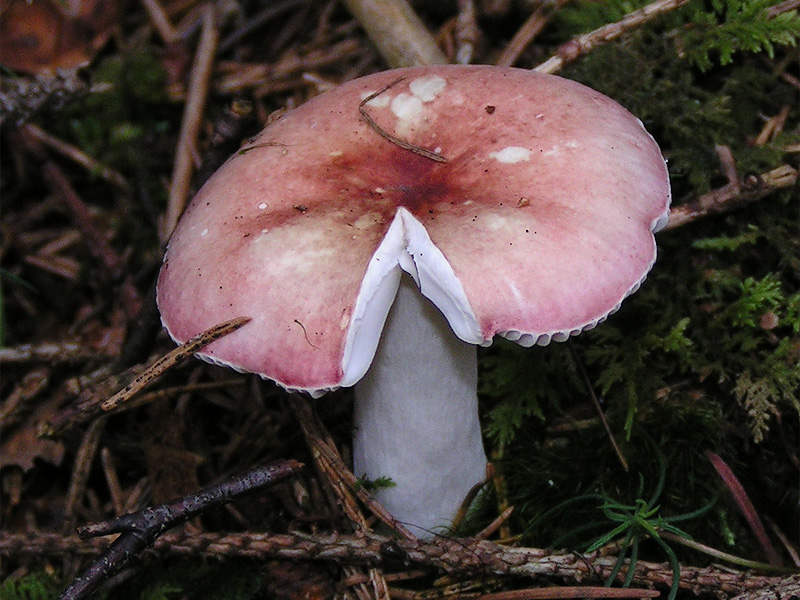
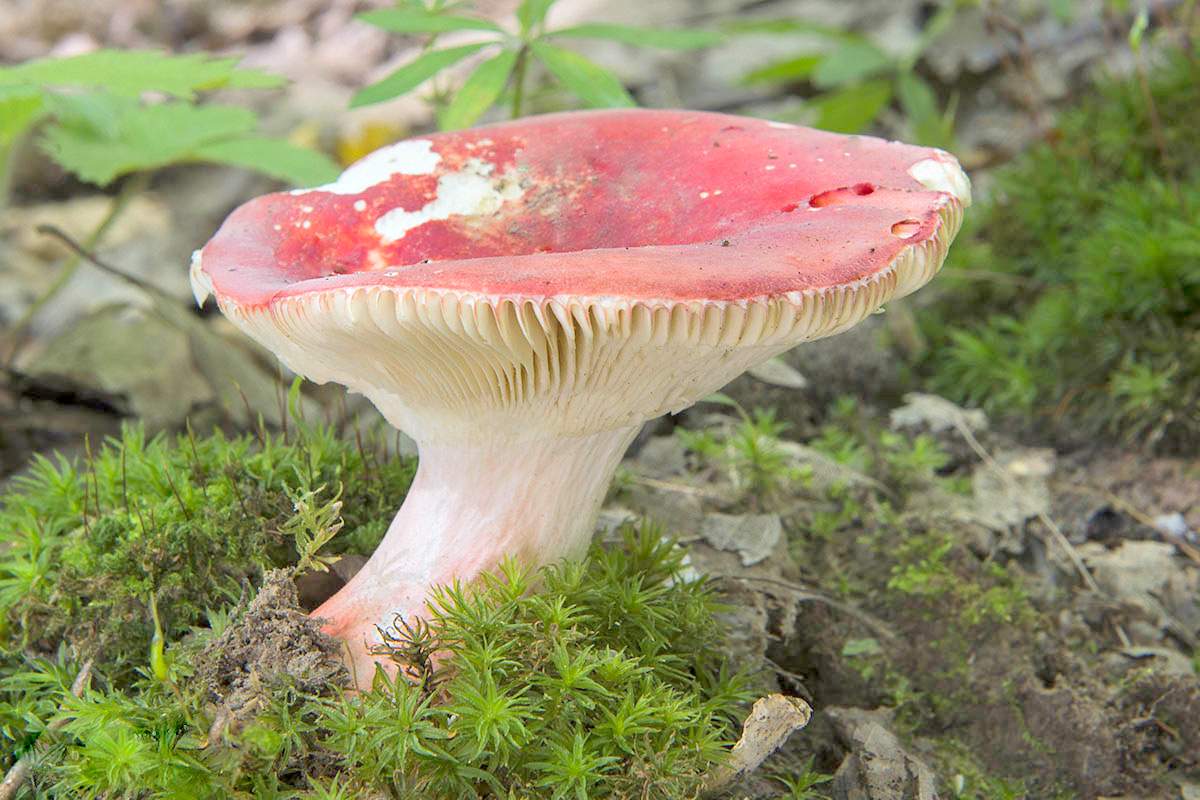
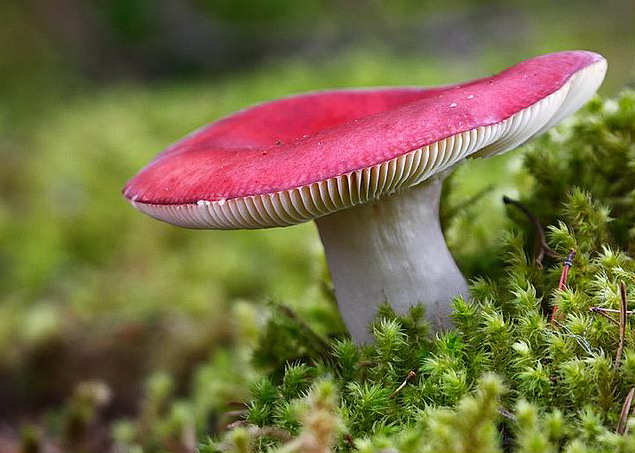
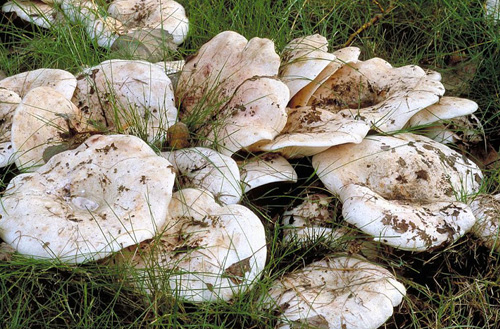
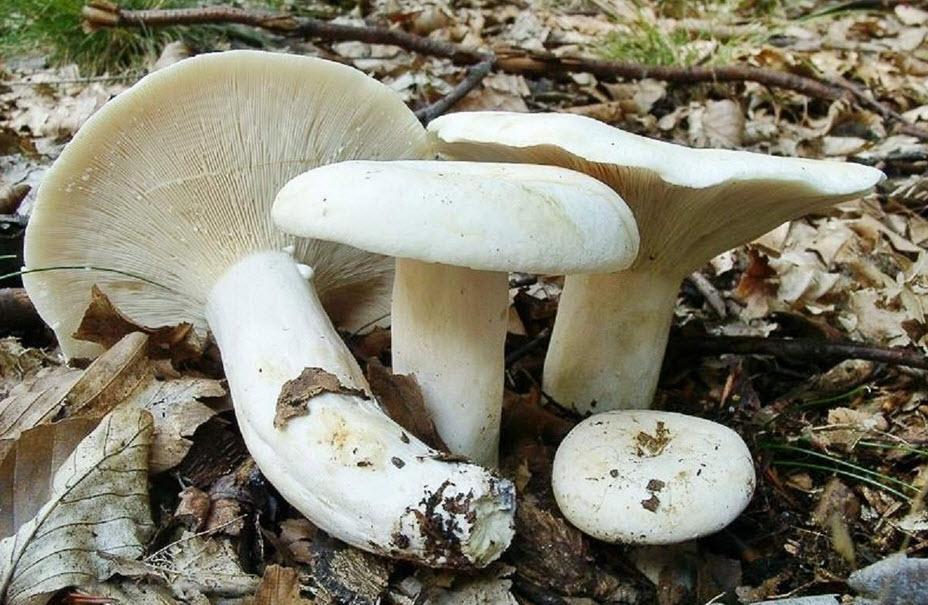
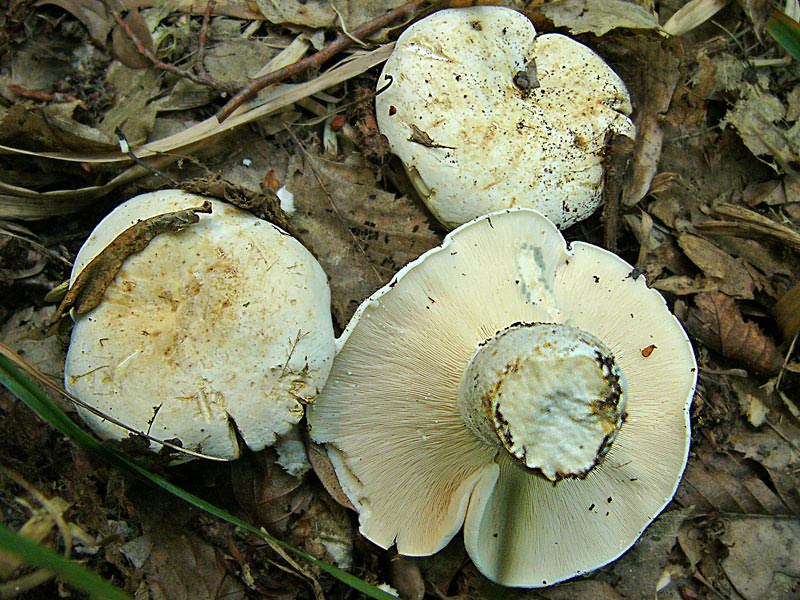
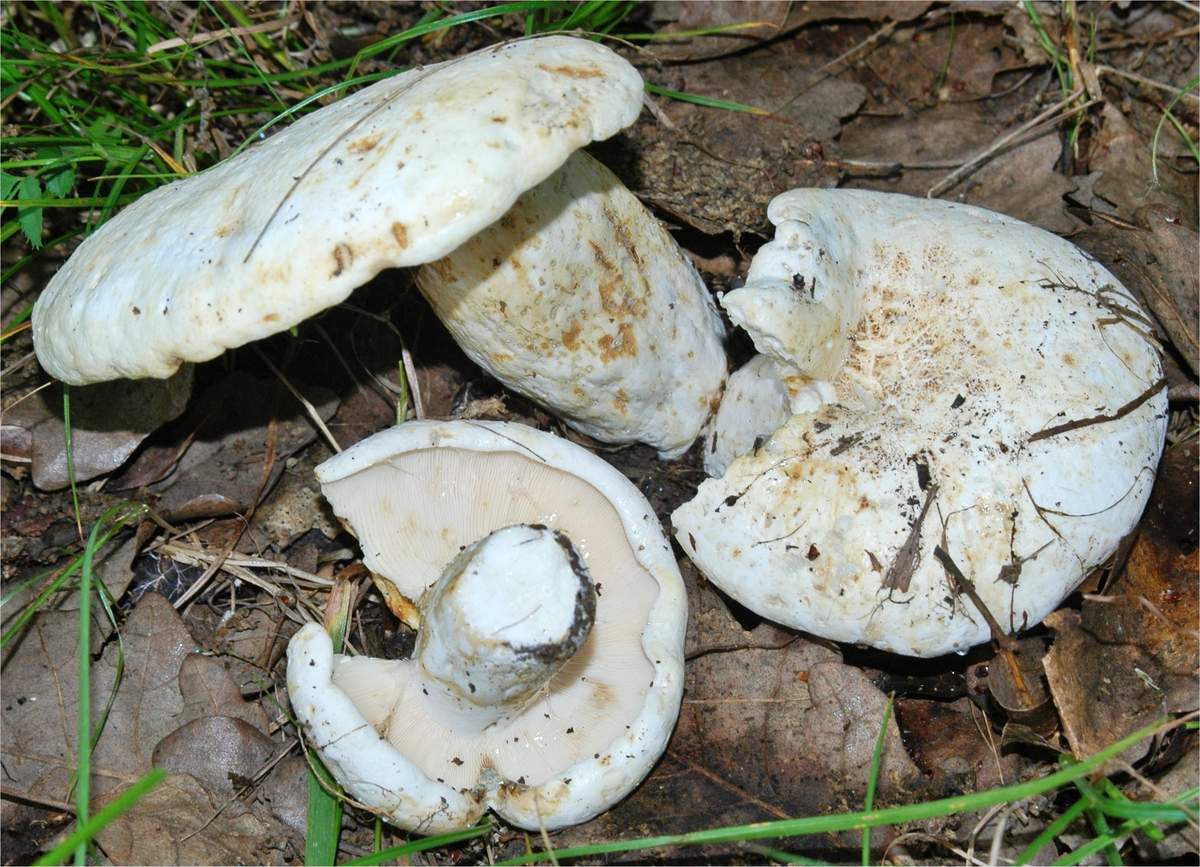


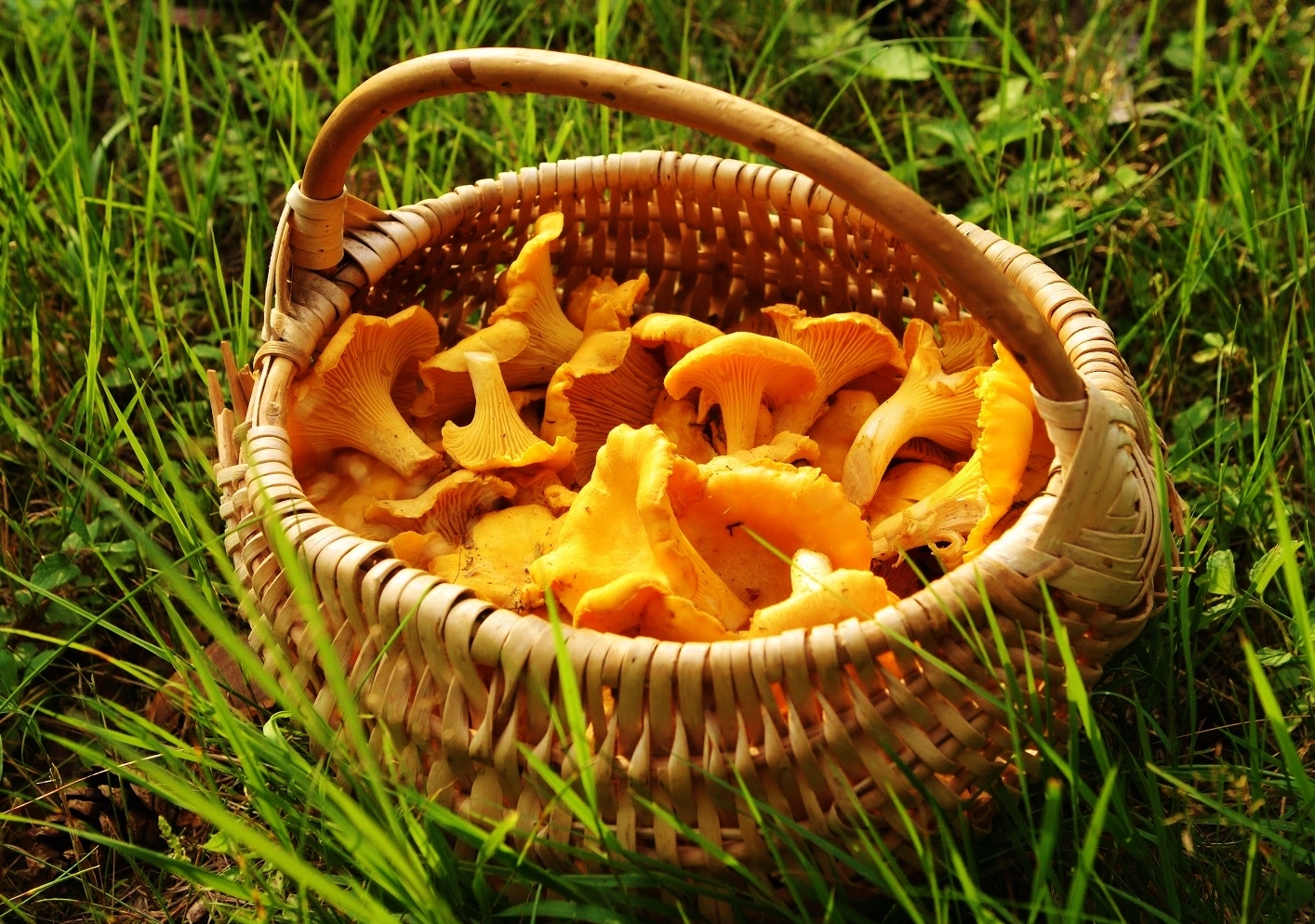
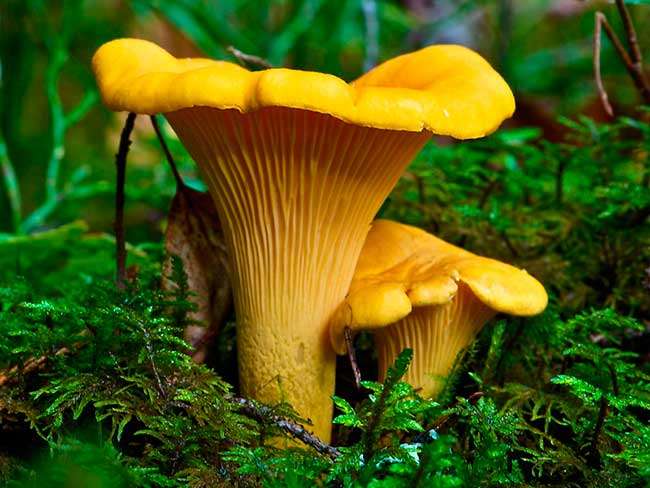
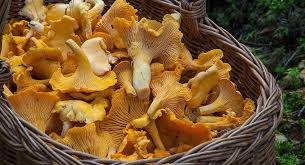
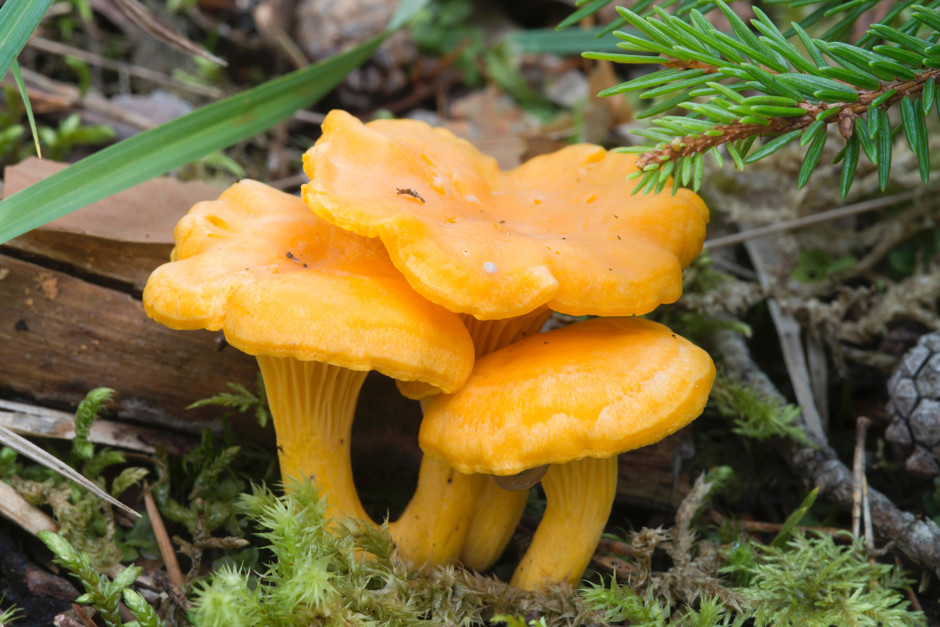
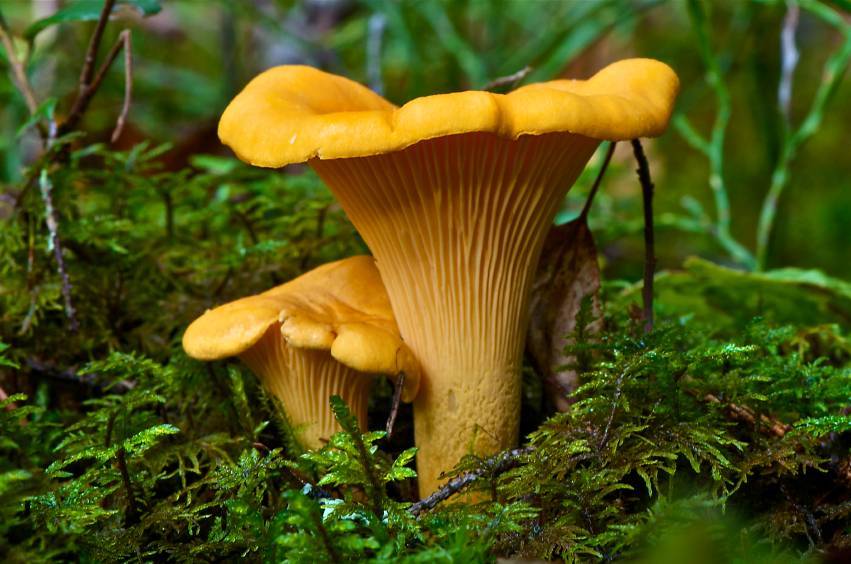
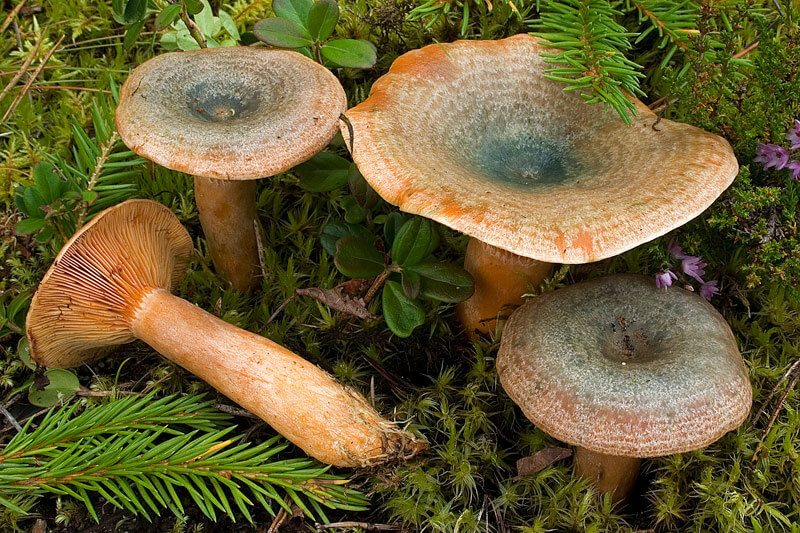
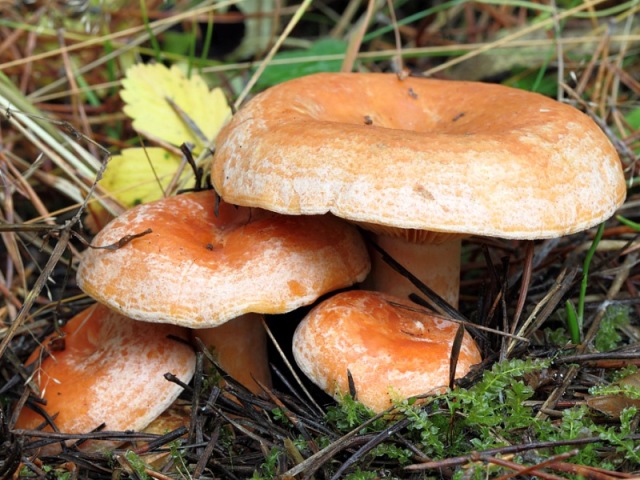
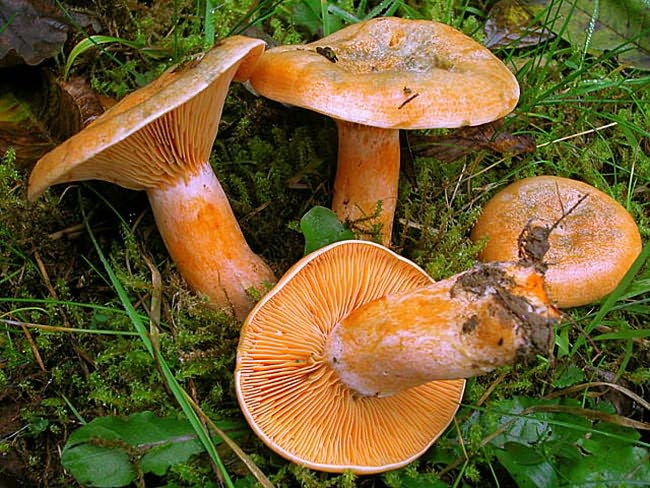
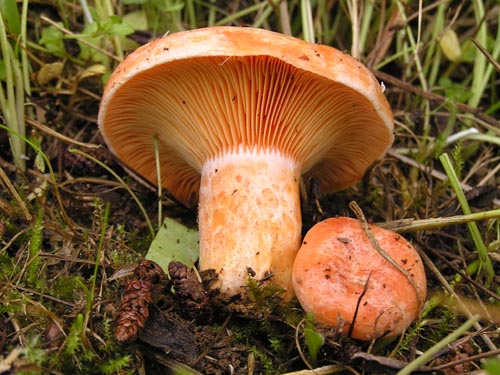
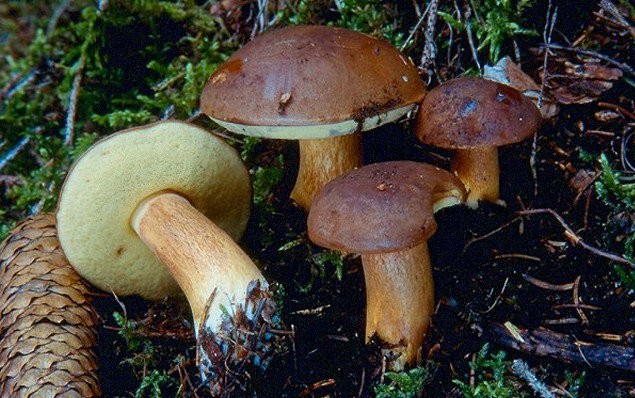
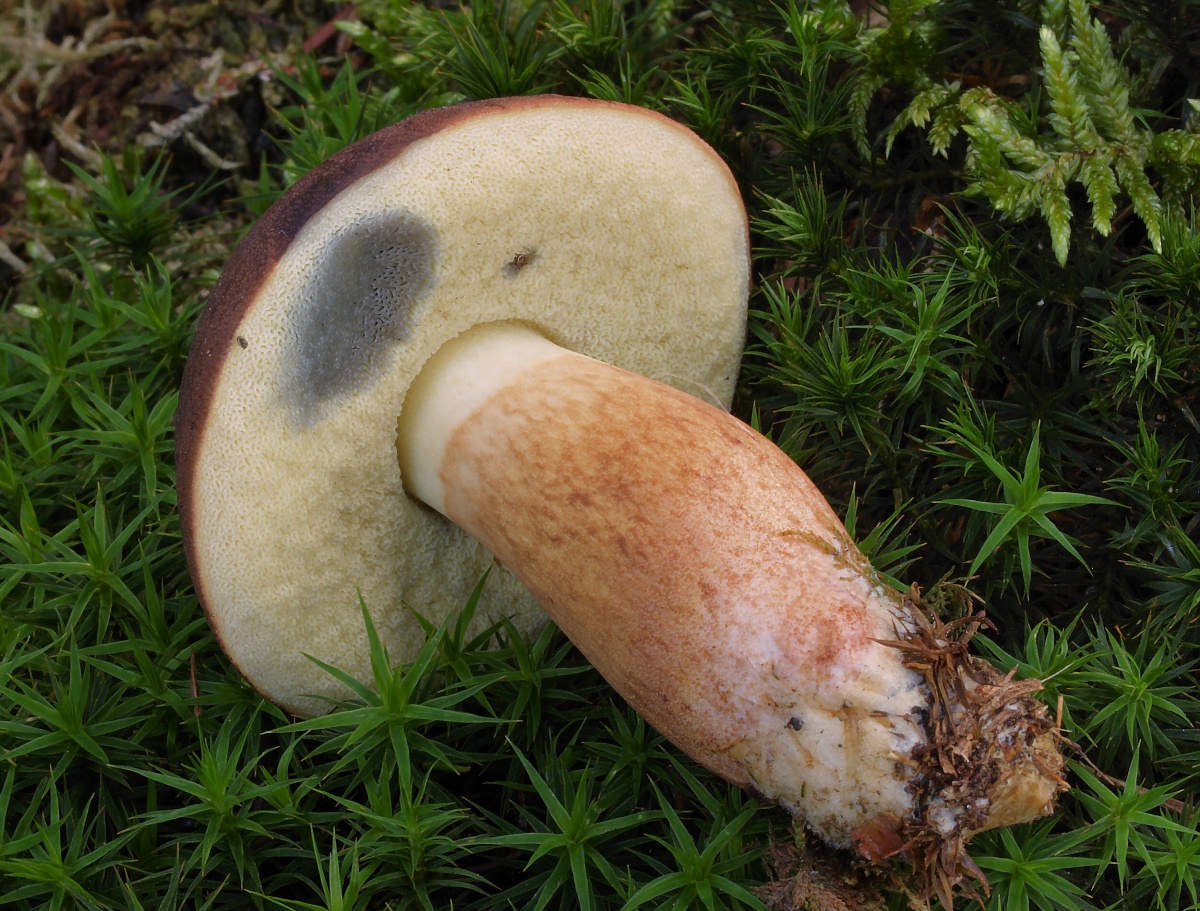
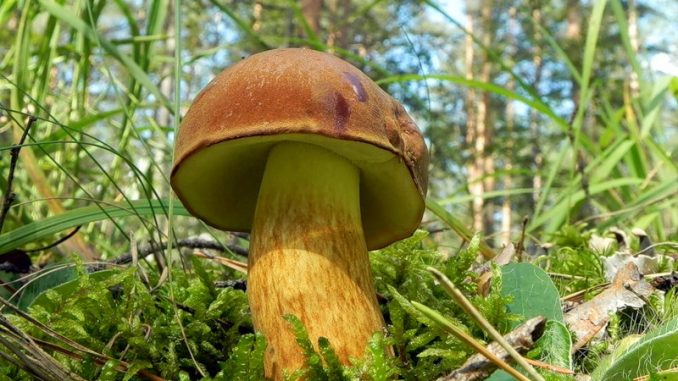
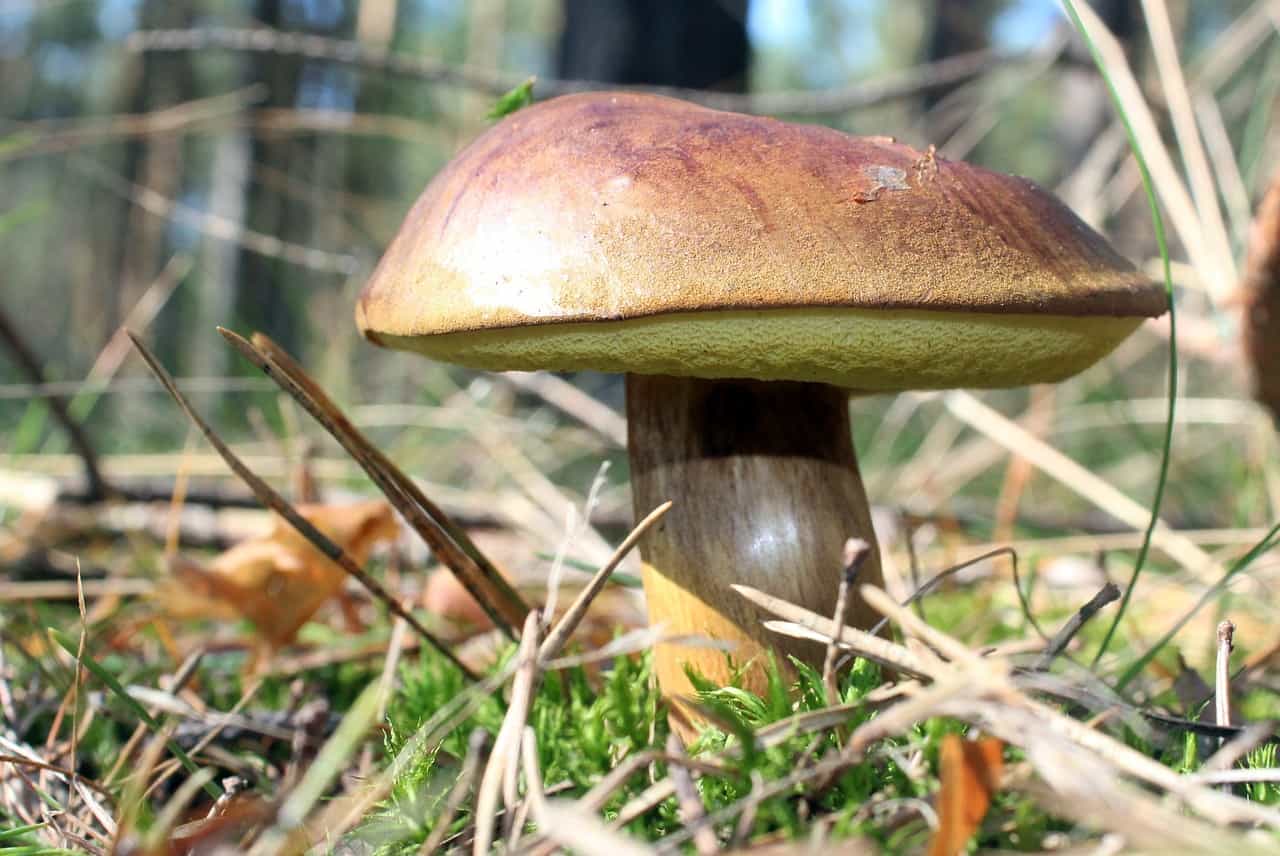
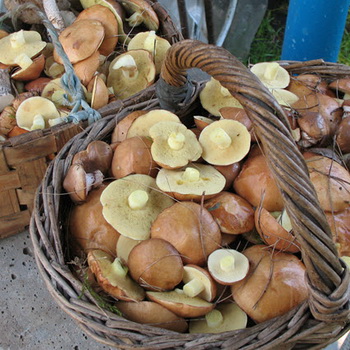
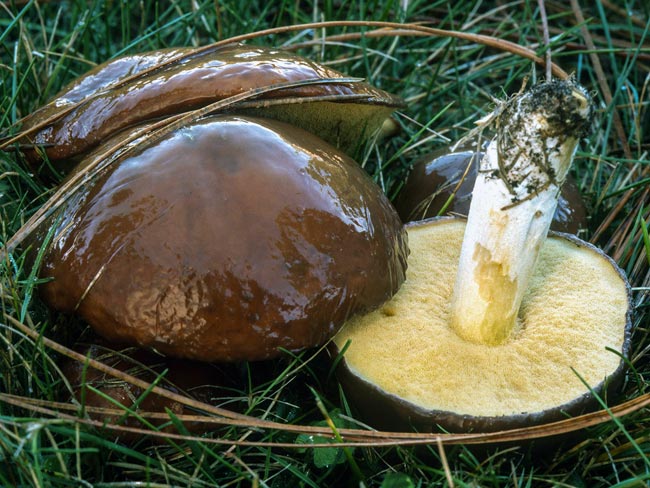
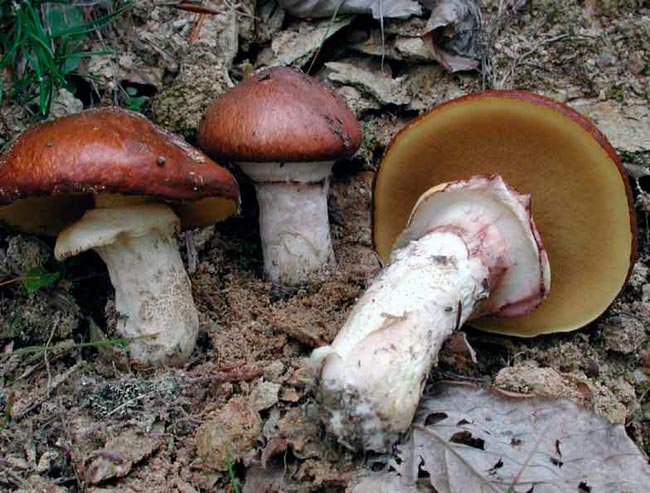
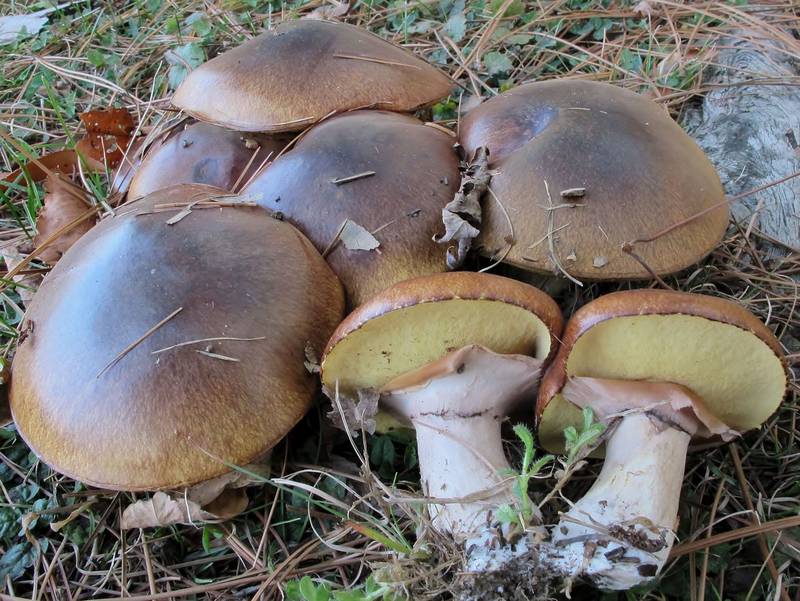
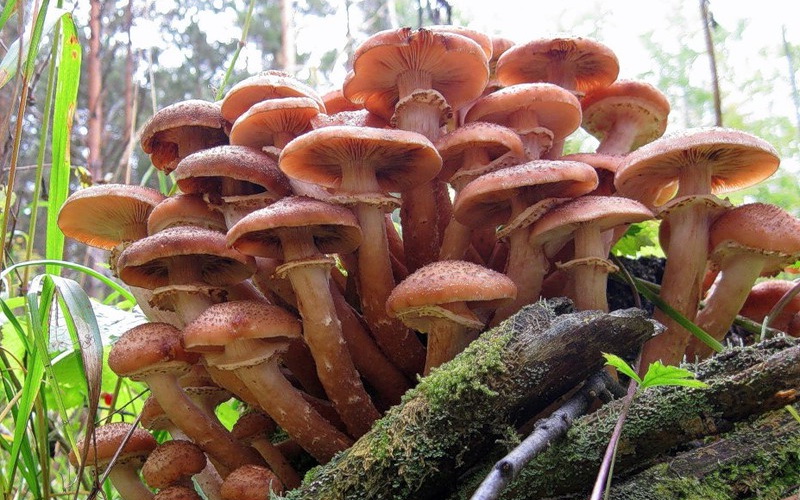
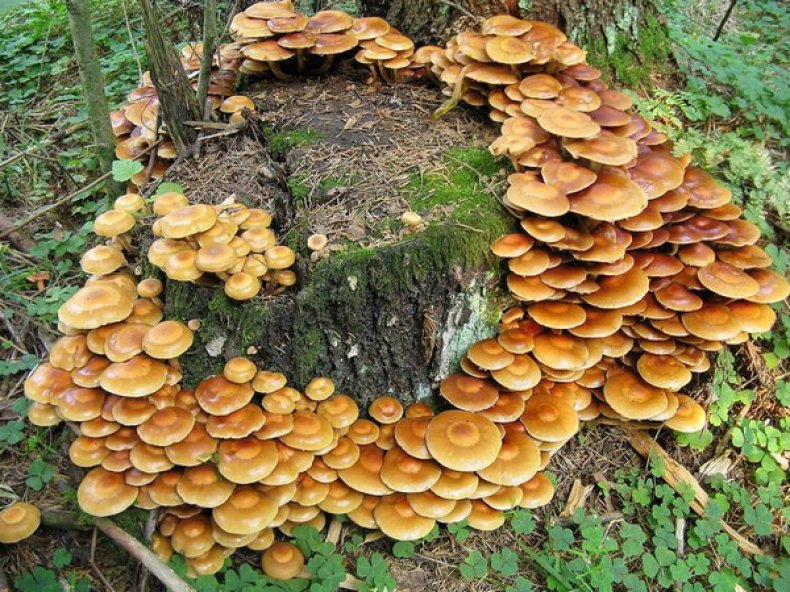
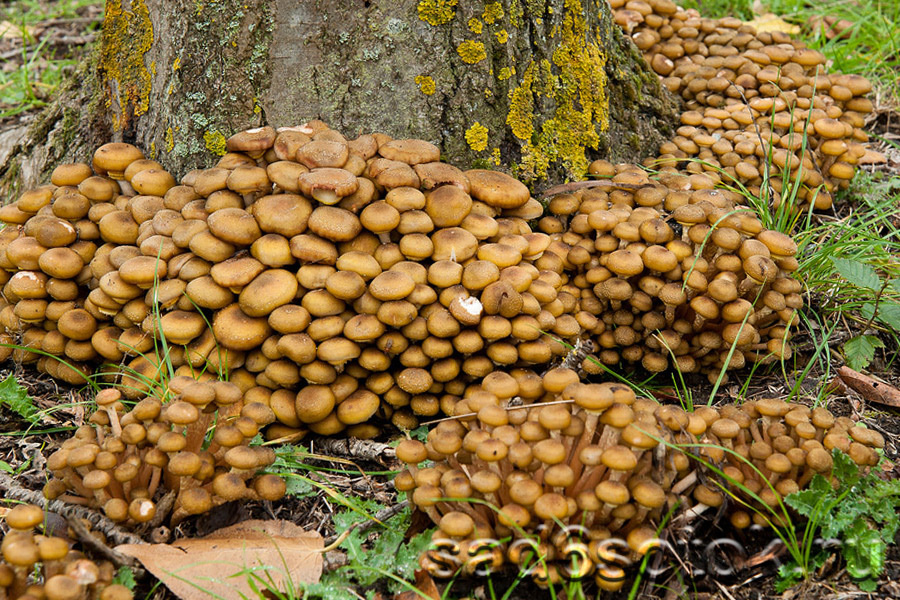
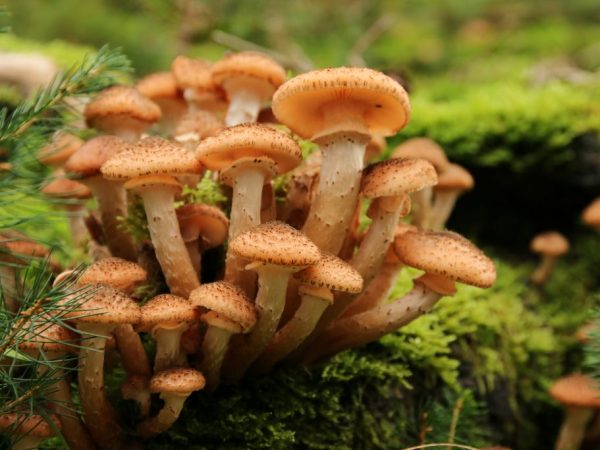
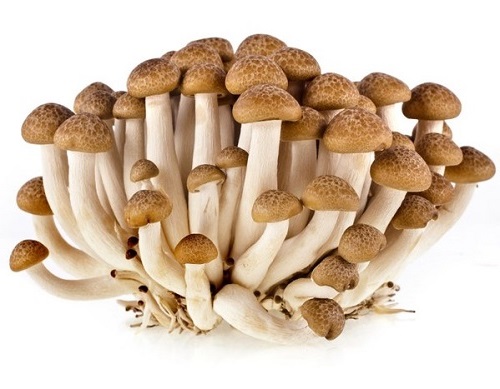
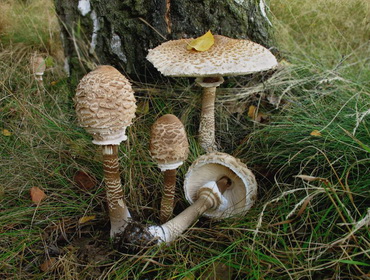
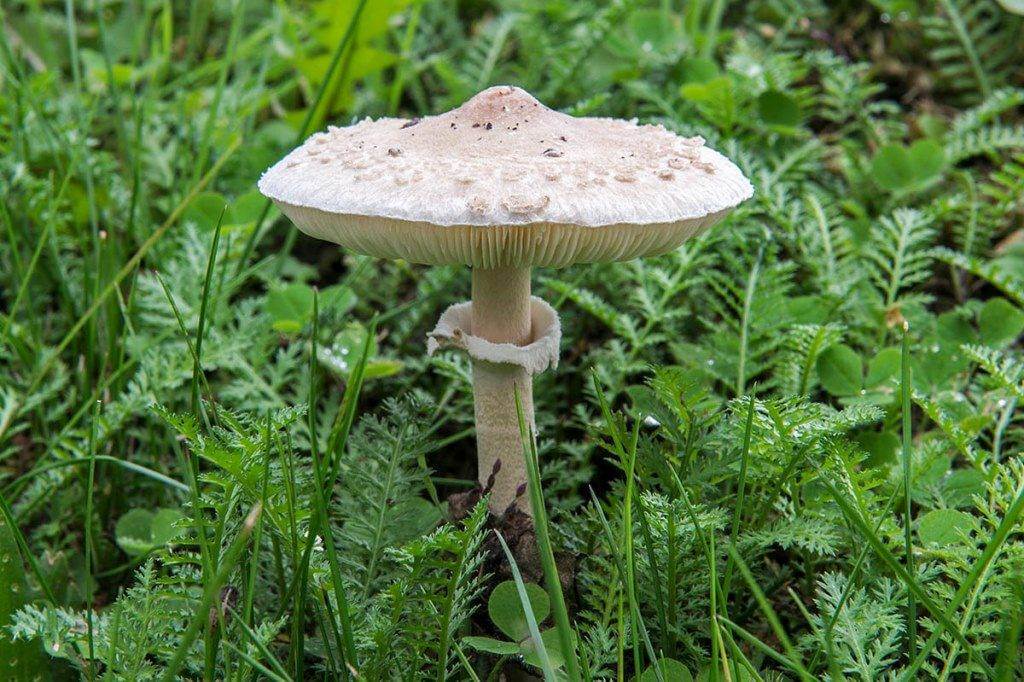
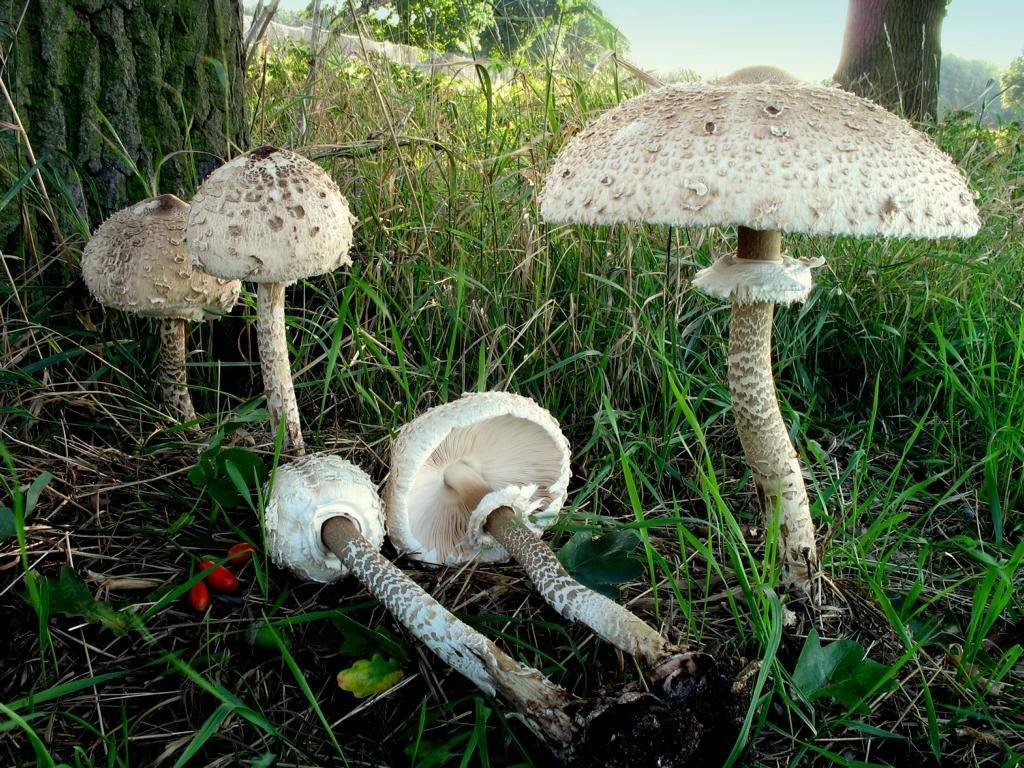
 Care and use of Kombucha at home (+22 photo)
Care and use of Kombucha at home (+22 photo) Edibility of the fungus of the motley umbrella and its description (+19 photo)
Edibility of the fungus of the motley umbrella and its description (+19 photo) Description of edible and inedible oils, their poisonous counterparts (+40 photos)
Description of edible and inedible oils, their poisonous counterparts (+40 photos) Useful properties of milk mushroom and its contraindications (+17 photos)
Useful properties of milk mushroom and its contraindications (+17 photos)